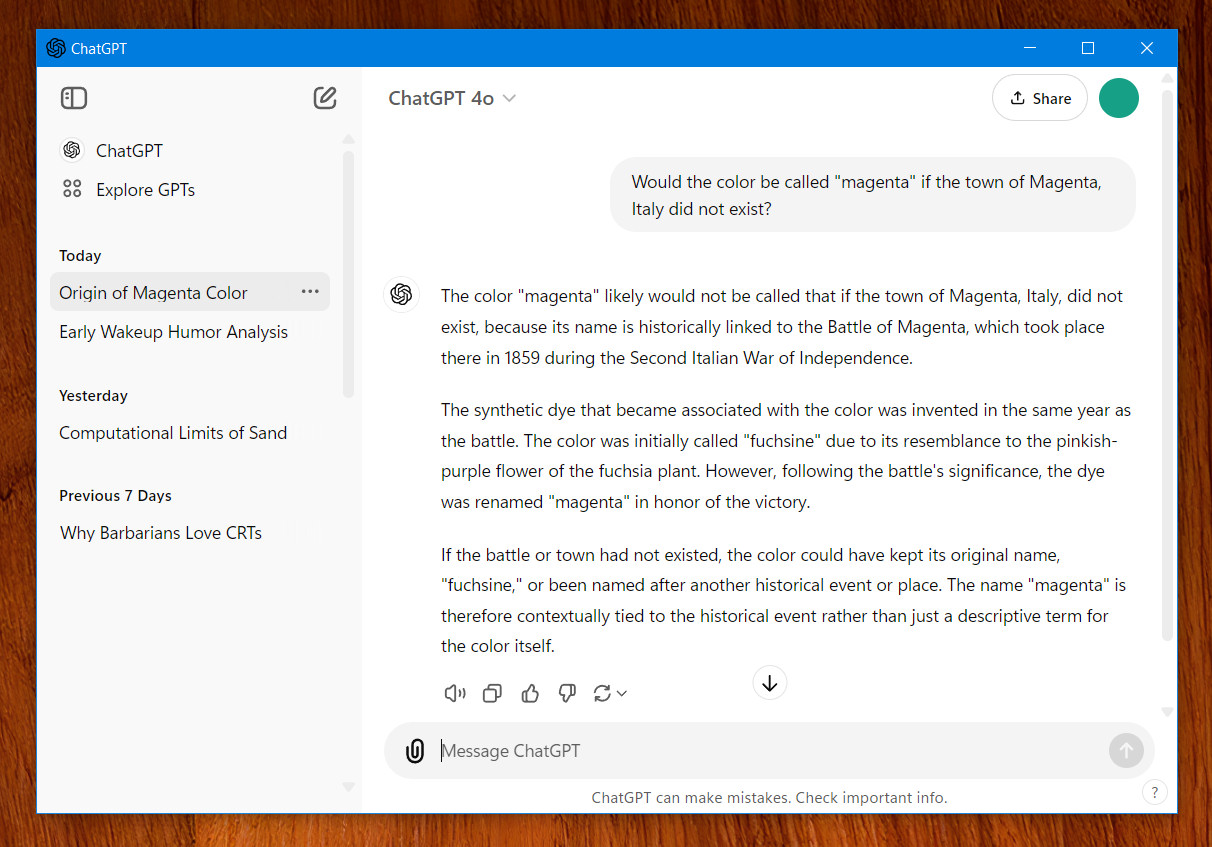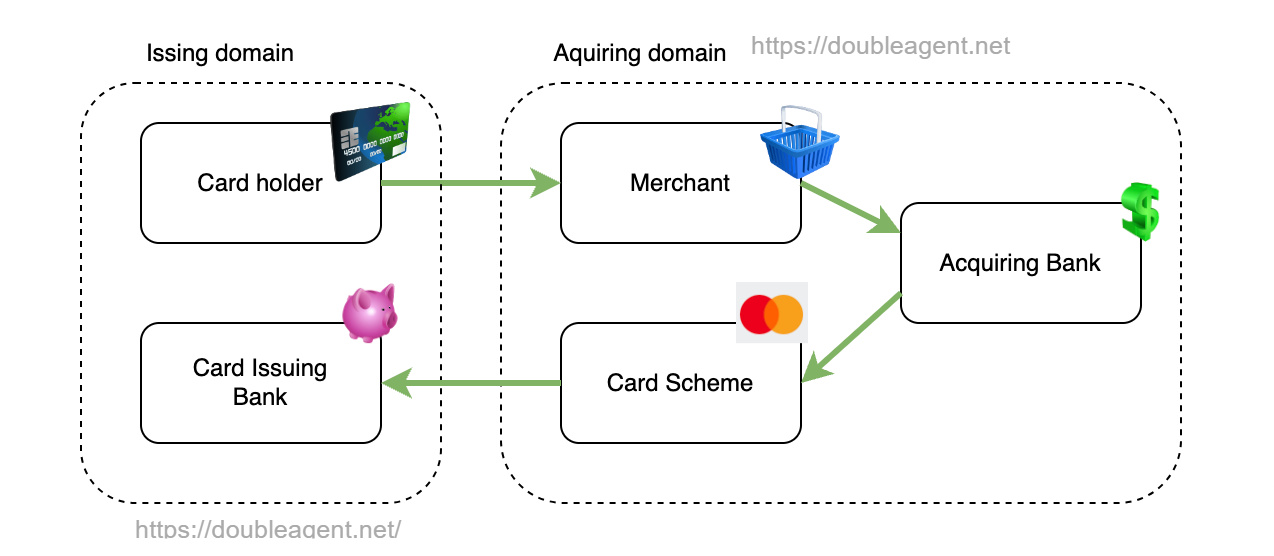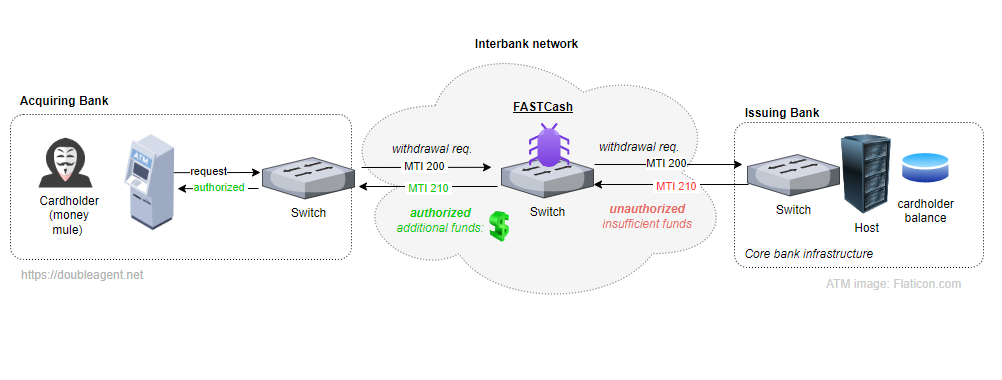Basecamp-maker 37Signals says its “cloud exit” will save it $10M over 5 years
Lots of pointing at clouds
AWS made data transfer out of AWS free for customers who were moving off their servers in March, spurred in part by European regulations. Trade publications are full of trend stories about rising cloud costs and explainers on why companies are repatriating. Stories of major players’ cloud reversals, like that of Dropbox, have become talking points for the cloud-averse.
Not everyone believes the sky is falling. Lydia Leong, a cloud computing analyst at Gartner, wrote on her own blog about how “the myth of cloud repatriation refuses to die.” A large part of this, Leong writes, is in how surveys and anecdotal news stories confuse various versions of “repatriation” from managed service providers to self-hosted infrastructure.
“None of these things are in any way equivalent to the notion that there’s a broad or even common movement of workloads from the cloud back on-premises, though, especially for those customers who have migrated entire data centers or the vast majority of their IT estate to the cloud,” writes Leong.
Both Leong and Rich Hoyer, director of the FinOps group at SADA, suggest that framing the issue as simply “cloud versus on-premises” is too simplistic. A poorly architected split between cloud and on-prem, vague goals and measurements of cloud “cost” and “success,” and fuzzy return-on-investment math, Hoyer writes, are feeding alarmist takes on cloud costs.
For its part, AWS has itself testified that it faces competition from the on-premises IT movement, although it did so as part of a “Cloud Services Market Investigation” by UK market competition authorities. Red Hat and Citrix have suggested that, at a minimum, hybrid approaches have regained ground after a period of cloud primacy.
Those kinds of measured approaches don’t have the same broad reach as declaring an “exit” and putting a very round number on it, but it’s another interesting data point.
Ars has reached out to AWS and will update this post with comment.
Basecamp-maker 37Signals says its “cloud exit” will save it $10M over 5 years Read More »






















